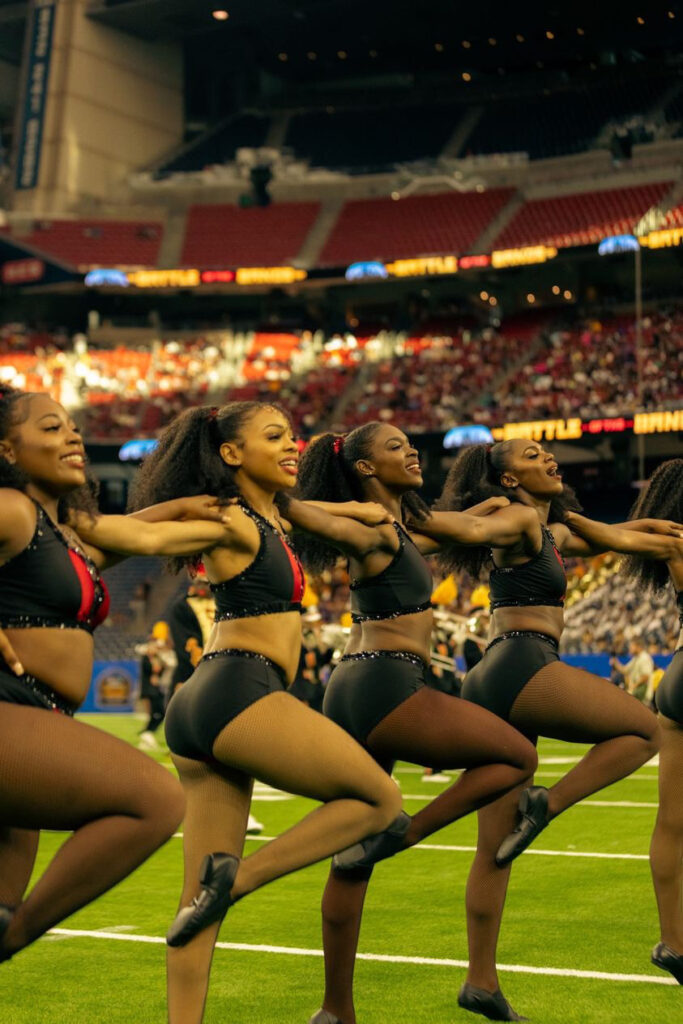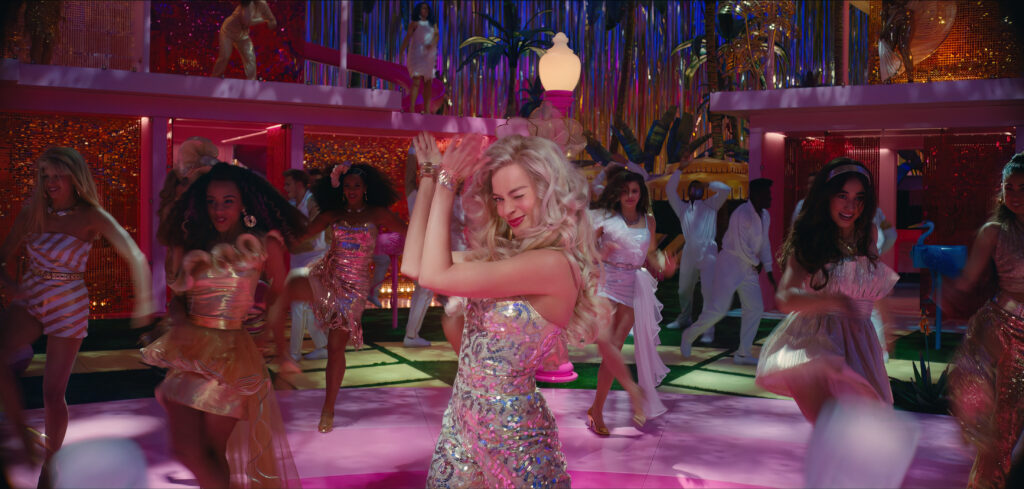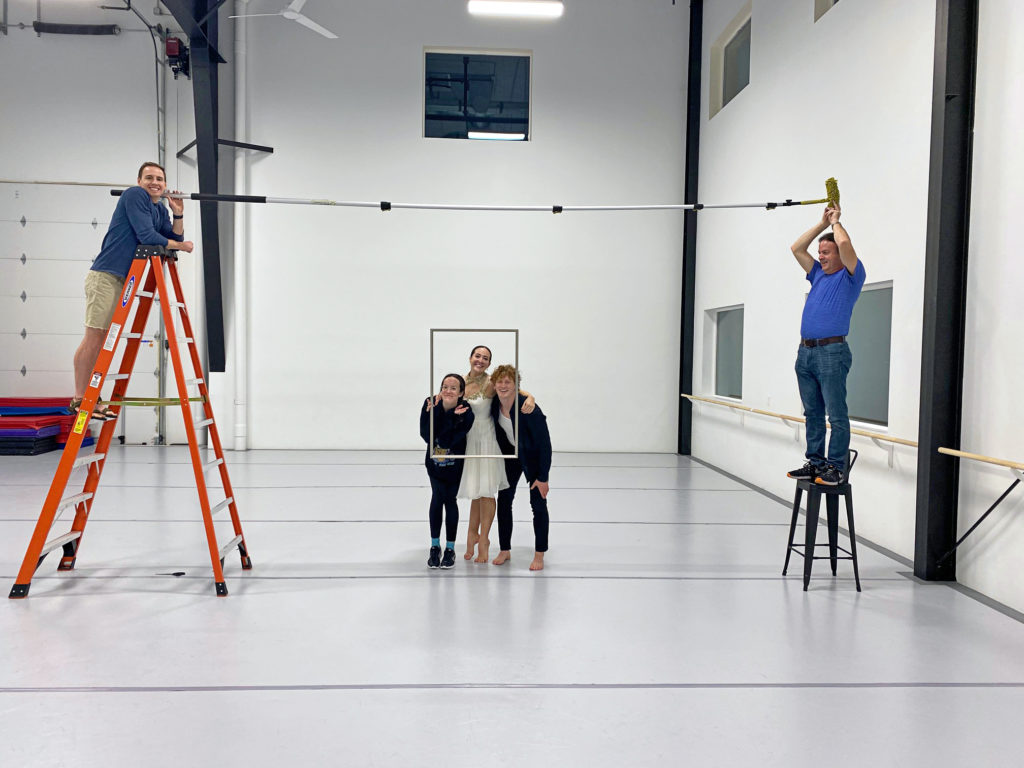At historically Black colleges and universities in the American South, the real stars of any football game are the majorettes. Their signature dance style, created by Black women and femmes, has attracted a cultlike following. It’s all about no-holds-barred spectacle, combining the precision of a kick line with the winking sensuality of burlesque, boldly embodying the marching band’s tunes.
“The dancing is very explosive,” says J’aime Griffith, who is a professor at Grambling State University and the director of the school’s dance line, the Orchesis Dance Company. “You have to be able to see it from the other side of the stadium because we’re in a competition with the opposing band and dancers. We want to outdo them.”
More recently, majorette dance has entered the mainstream, taking center stage on reality television series, movies, and social media apps like TikTok. Along the way, the majorette community has been adjusting to the increased exposure, which has brought new challenges—and new opportunities.

The Evolution of Majorette Dance
In the HBCU legacy, majorette dance represents a combination of Africanist and European inventions. That aesthetic tension remains a pillar of the dancing, with today’s majorette choreography featuring an amalgam of jazz, hip hop, and ballet. Field routines—dances performed on the gridiron at halftime with the marching band—are as likely to include bucking, where the pelvis pumps front and back in a deep, wide stance, as they are a grand battement, a high balletic kick with pointed toes. Stand routines—a form of call-and-response danced in the bleachers just feet away from spectators—embody a similar formula at a lower vibration.
The Alcorn State University Golden Girls are hailed as the first example of HBCU majorette dance as we know it today. The squad debuted at the 1968 Orange Blossom Classic in Miami. Affectionately called “the mothers” by fans and other lines, their gold boots have become an iconic signature.

The Jackson State University Prancing J-Settes also played a formative role in the development of majorette dance. A collaboration with queer men, the team’s approach, called J-setting, is practiced widely today and mixes the percussiveness of West African dance with acrobatics. (Think Beyoncé’s “Single Ladies [Put a Ring on It]” music video, but with full-out stunts.)
The evolution of majorette dance reflects specific and sometimes conflicting agendas, says Dr. Thomas DeFrantz, a professor at Northwestern University and a leading scholar of Black studies and dance studies. “Many dance forms arise to help young people do what they need to do,” he says. “So majorette dance arrived to help young Black women be available to each other, be attractive to each other, be attractive to potential partners, and to be emblems of the community.”
Off the Field
But what happens when the dancing leaves—or is extracted from—the community that made it? Television series like Lifetime’s “Bring It” have brought majorette dance to a broader audience; Beyoncé’s HBCU homecoming-inspired performance at Coachella in 2018 put the phenomenon on a global stage. An Oprah- and H.E.R.-produced film about a Los Angeles–based ballerina turned majorette line dancer is currently in development. And the style has all but been absorbed into the digital zeitgeist via majorette-inspired dance challenges on TikTok.
That rising popularity has directly impacted the practice itself, says Griffith, who notes an inflow of commercial forms like heels dance, as well as more extreme tricks from competition dance and social media. Other dancers say the mainstream recognition is overdue, but has not come without its issues.

“I do feel excited about it finally getting the spotlight,” says Sanaa Davis-McClain, a former captain of the Howard University Ooh La La! Dance Line. “But I also wish we could spotlight the teaching and the classes and the foundation.”

Majorette dance has even made its way to non-HBCU campuses. In September 2022, a video posted to X (formerly Twitter) of a stand performance by the then-new Cardinal Divas of the University of Southern California spurred a flurry of reactions. The squad faces unique challenges—partly because HBCU culture isn’t sure how to feel about it.

“People said that since I don’t go to an HBCU, I don’t have the privilege to do this, saying they need to be gatekeeping it,” says Princess Isis Lang, the founder and incoming assistant coach of the Cardinal Divas. That resistance to Lang, a Black woman, creating a team at what has historically been a predominantly white institution is a ripple effect of a history of white Americans co-opting, profiting off of, and failing to acknowledge the creators of Black cultural exponents.

Giselle Edwards, a sophomore who dances on the Cardinal Divas line, measures the fullness of her experience differently. “My Blackness isn’t determined by where I go to school,” she says. “It doesn’t matter if I’m at an HBCU, USC, or a community college.” And many in the HBCU community support groups like the Cardinal Divas, including Dr. Kecia Ashley, the sponsor of the Golden Girls and a former squad member herself. “I look at other cultures attempting to emulate the style of dance that our culture does so well as a form of respect and admiration,” Ashley says. “And we love that.”
A Continuing Legacy
As the cultural landscape of majorette dance continues to shift, new growing pains will emerge. But there is an encouraging constant across its widening, multiplying contexts: Black women, who remain at the center. They continue to uplift its legacy.
“Being a majorette dancer has truly inspired me to go after my dreams,” says Davis-McClain, who is pursuing a commercial dance career in Los Angeles. “I think that in itself speaks to what kind of impact this culture is having on young ladies like me.”

The post How Majorette Dance Became a Mainstream Phenomenon appeared first on Dance Magazine.

